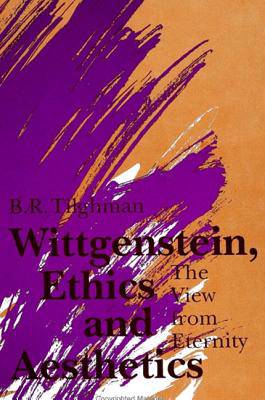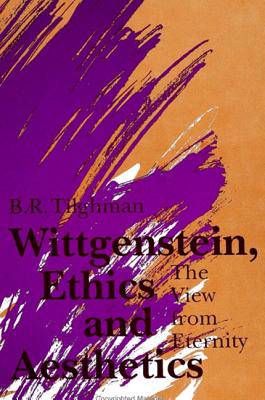
- Retrait gratuit dans votre magasin Club
- 7.000.000 titres dans notre catalogue
- Payer en toute sécurité
- Toujours un magasin près de chez vous
- Retrait gratuit dans votre magasin Club
- 7.000.000 titres dans notre catalogue
- Payer en toute sécurité
- Toujours un magasin près de chez vous
145,45 €
+ 290 points
Format
Description
As early as 1916, Wittgenstein states that ethics and aesthetics are one, that only through aesthetics and art can what is truly important in human life be shown. This is the first book to clarify Wittgenstein's ideas about ethics and aesthetics, and to illustrate how those ideas apply to art history and criticism. Tilghman shows how a study of Wittgenstein illuminates not only the relationship between ethics and aesthetics, but also the relationship between art and our lives. The result is that we can better understand the human importance of abstract as well as traditional art. Chapter 1 surveys the development of the philosophy of art that has dominated aesthetics since mid-century. Chapter 2 provides a brief history of some of the ways that the relationship between ethics and aesthetics has been considered in the philosophy of art. Chapters 3 and 4 discuss Wittgenstein's views on ethics and aesthetics at the time he wrote Tractatus, and chapter 5 examines the question of what it is to discern the humanity in a person, as reflected in Wittgenstein's later viewpoints found in Philosophical Investigations. Chapters 6 and 7 investigate what it is to discern the art in a work of art, and what it is to discern the humanity in a work of art. These investigations, in turn, lead to some conclusions about the importance of art in people's lives and the failure of much recent aesthetic theory to accommodate art's human importance.
Spécifications
Parties prenantes
- Auteur(s) :
- Editeur:
Contenu
- Nombre de pages :
- 193
- Langue:
- Anglais
- Collection :
Caractéristiques
- EAN:
- 9780791405949
- Date de parution :
- 03-07-91
- Format:
- Livre relié
- Format numérique:
- Genaaid
- Dimensions :
- 145 mm x 216 mm
- Poids :
- 439 g







